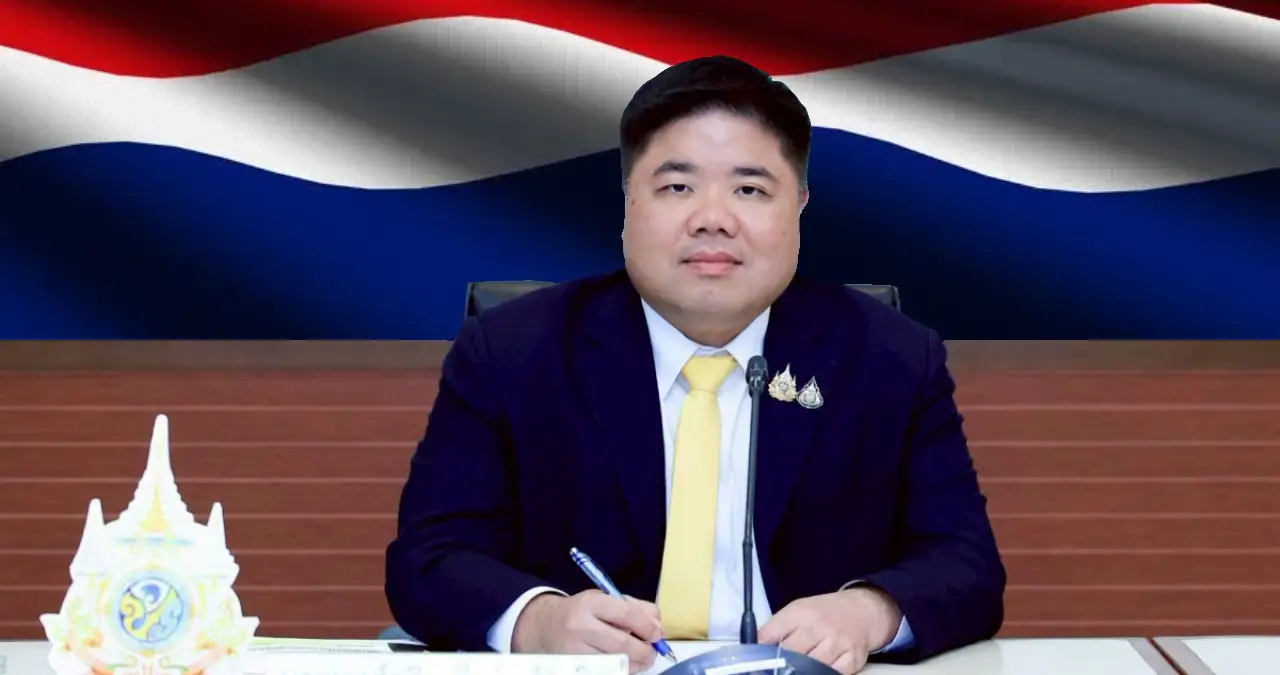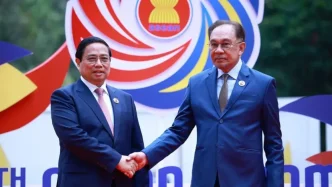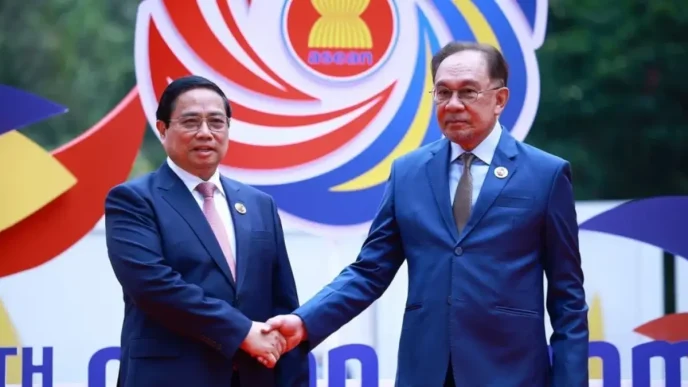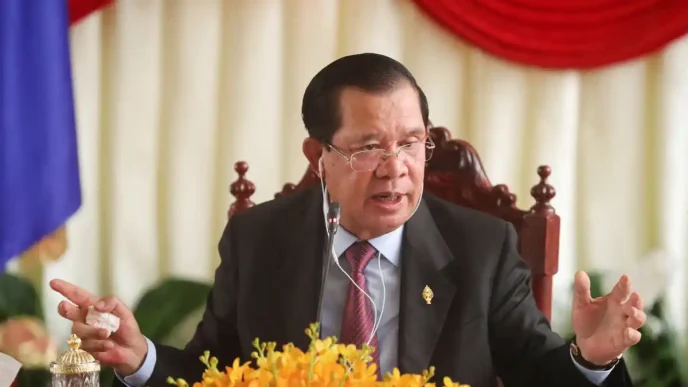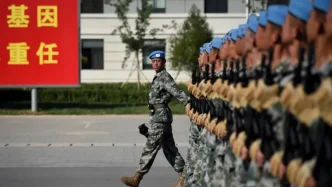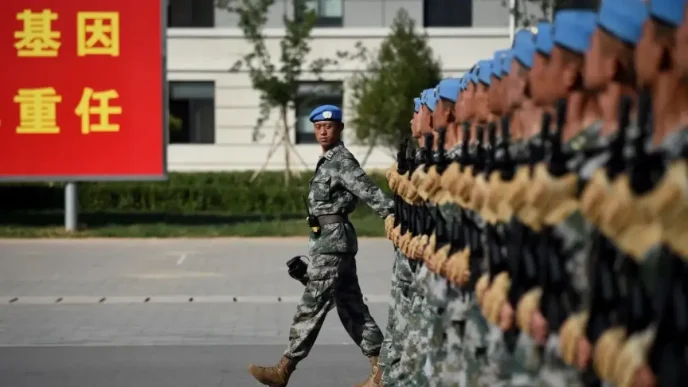On July 28, 2025, images of Cambodian migrant workers carrying their belongings through the Doung International Gate in Battambang province captured a moment of uncertainty. Returning from Thailand, these workers found themselves at the center of a growing concern fueled by disturbing images and videos circulating on social media. While no evidence of physical abuse has surfaced, the incident has spotlighted the vulnerabilities of migrant laborers in Thailand and the Thai government’s response to mounting tensions.
A Social Media Storm Sparks Alarm
The sight of Cambodian workers crossing back into their homeland through the Doung International Gate underscored a quiet exodus driven by fear. Reports indicate that inappropriate content shared online has caused alarm among migrant communities in Thailand, prompting some to leave their workplaces. Although the exact nature of the images and videos remains unclear due to lack of verifiable specifics, the impact on workers is evident. Many, reliant on jobs in construction, agriculture, and manufacturing, face a precarious choice between staying amidst uncertainty or returning home to an equally uncertain future.
Thailand hosts a significant number of migrant workers, with estimates from the International Organization for Migration suggesting over 2 million Cambodians, Laotians, and Burmese laborers contribute to its economy. Cambodian workers, in particular, often fill low-wage, labor-intensive roles, making them a vital yet vulnerable segment of the workforce. The recent social media scare has amplified existing anxieties about their safety and rights in a foreign land.
Thai Government Responds to Concerns
In response to the growing unease, Thailand’s Minister of Labour, Pongkawin Jungrungruangkit, addressed the issue on July 30, 2025, from Bangkok. He acknowledged the circulation of troubling content online and emphasized that the government is taking the matter seriously. “We confirm that no cases of physical abuse against Cambodian workers have been found in Thailand” Jungrungruangkit stated. He further noted that officers from multiple departments, including the Department of Employment and the Department of Labour Protection and Welfare, have been deployed across various regions to monitor the situation and prevent any violations.
The Labour Ministry has also engaged with employers and businesses hiring Cambodian nationals to foster better understanding and reduce tensions between Thai employers, local workers, and migrant laborers. Jungrungruangkit reassured the public that there is no policy to deport Cambodian workers, affirming their protection under Thai law. “The Labour Ministry is committed to ensuring fair and equal treatment for all workers” he said, urging foreign workers to avoid gatherings or activities that could be perceived as threats to national security.
Additionally, the minister encouraged workers and employers to report any incidents of violence or misunderstandings to relevant agencies under the Ministry of Labour. This call for vigilance aims to maintain open communication channels and address potential issues before they escalate.
Underlying Tensions and Historical Context
The current situation cannot be divorced from the broader historical and political context shaping Thai-Cambodian relations. Migrant workers often find themselves caught in the crosshairs of domestic policies and bilateral sensitivities. Thailand and Cambodia share a complex relationship, marked by border disputes and periodic political friction, which can spill over into the treatment of migrant communities. For instance, past crackdowns on undocumented workers in Thailand have led to mass returns of Cambodian laborers, often under harsh conditions.
Moreover, the reliance on social media as a source of information—while a powerful tool for connectivity—can exacerbate misunderstandings. In a region where digital literacy varies widely, unverified content can spread rapidly, fueling panic among already marginalized groups. The Thai government’s challenge lies in balancing national security concerns with the need to protect migrant workers from exploitation and misinformation.
Legal Protections and Practical Realities
Under Thai law, migrant workers are entitled to certain protections, including fair wages and safe working conditions, as outlined in the Labour Protection Act. However, enforcement remains inconsistent, particularly for those in informal sectors or lacking proper documentation. The Social Security Office, one of the departments mobilized in this recent response, plays a critical role in ensuring access to benefits, yet many workers remain unaware of their rights or fear repercussions for asserting them.
Jungrungruangkit’s assurance that Cambodian workers can continue their jobs as normal is significant, given the economic stakes. Remittances from Thailand form a lifeline for many Cambodian families, with the World Bank estimating that migrant earnings contribute substantially to Cambodia’s GDP. Any disruption to this flow—whether through deportations or voluntary returns driven by fear—could have ripple effects on both sides of the border.
Yet, the practical reality for many workers is far from secure. Language barriers, limited access to legal recourse, and dependence on employers for work permits create a power imbalance that leaves migrants vulnerable. The Thai government’s proactive deployment of officers and coordination with employers is a step toward addressing these disparities, but sustained efforts are needed to build trust within migrant communities.
Regional Implications and Broader Concerns
The plight of Cambodian workers in Thailand reflects a broader regional challenge across Southeast Asia, where millions of migrants cross borders in search of better opportunities. Countries like Malaysia and Singapore also grapple with similar issues, balancing economic needs with social integration and security concerns. The Association of Southeast Asian Nations (ASEAN) has long advocated for migrant worker protections through frameworks like the ASEAN Consensus on the Protection and Promotion of the Rights of Migrant Workers, signed in 2017. However, implementation varies widely among member states.
In Thailand, the current episode highlights the intersection of digital misinformation and labor rights. While no verified reports of abuse have emerged, the fear generated by social media content underscores the need for transparent communication from authorities. The Labour Ministry’s swift response is commendable, but it also raises questions about the mechanisms in place to counter false narratives online and protect vulnerable populations from psychological harm.
Voices from the Ground
Although specific accounts from returning workers at the Doung International Gate are not available due to verification constraints, the broader sentiment among migrant communities suggests a mix of caution and resilience. Many workers, having endured long journeys and economic hardship to secure jobs in Thailand, are reluctant to leave unless absolutely necessary. Others, however, prioritize safety over income, especially in light of circulating rumors amplified by unverified online content.
Local organizations and NGOs working with migrant workers have often pointed to the need for better education on rights and access to grievance mechanisms. While not directly tied to this incident, their advocacy underscores a persistent gap between policy assurances and on-the-ground realities. Bridging this gap requires not just reactive measures but proactive engagement with migrant communities to ensure they feel secure and valued.
Looking Ahead: Stability or Further Strain?
As Thailand navigates this delicate situation, the long-term implications for its migrant labor policies remain uncertain. Will the government’s assurances and monitoring efforts restore confidence among Cambodian workers, or will lingering fears—fueled by digital misinformation—continue to drive returns across the border? The answer hinges on sustained action, transparent communication, and a commitment to upholding the rights of all workers, regardless of nationality.
For now, the images of workers crossing back into Battambang serve as a poignant reminder of the human cost of uncertainty. As regional governments and international bodies watch closely, the hope is that this incident sparks a deeper dialogue on protecting Southeast Asia’s most vulnerable laborers—a dialogue that moves beyond rhetoric to tangible change.


